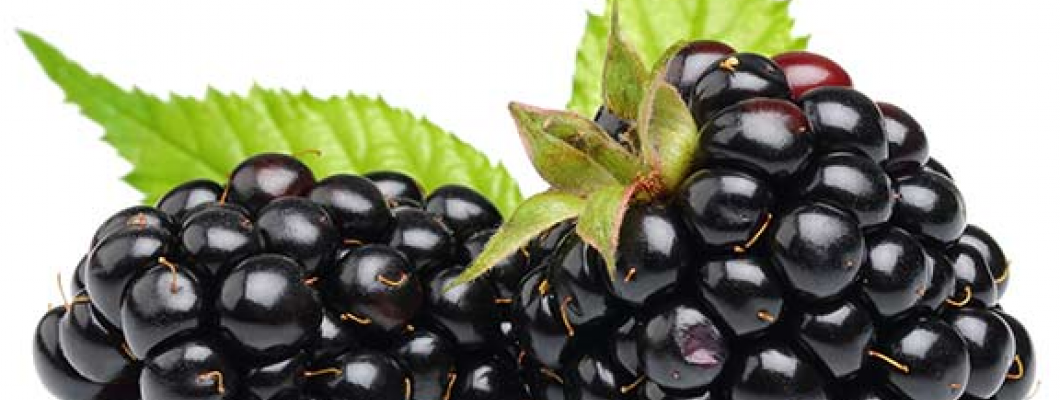A Basic Guide To Home Wine Making

A beginner's guide to making Wine from fruit
Introduction
Making Wine from Fruit, Vegetables or flowers can produce some delicious wines, which are not only satisfying but extremely cost-effective as well as being very rewarding. There are a huge number of recipes online and in books, so no matter what is available in your area or what time of year it is, you can always have a home made wine on the go.
The main difference between making wine from an ingredient kit and making wine from a hedgerow or fruit recipe, is that the ageing process will be much longer with the hedgerow wine. Kit wines generally take between 10 and 30 days until they are ready to drink, whereas most hedgerow wines will want at least 6 months or more before they are aged enough to be at their best.
Equipment Needed
2 x Fermentation Vessels (Buckets or Demijohns)
Bubbler Airlock
Plastic Spoon
Hydrometer
Syphon Tube & Racking Cane
Trial Jar
VinClasse 100g Steriliser
Plastic Trial Jar
Large Plastic Jug
Funnels
Campden Tablets
Yeast Nutrient
Muslin Bag
When making any home made wine from a recipe, it is vital that you follow that recipe as closely as possible, below are the basics of what you might expect.
Step 1: Cleaning
Arguably the most essential part of winemaking: it’s important to clean and sterilise all equipment that will come into contact with the brew, as fermenting wine is an ideal breeding ground for bacteria which, if it takes hold, will ruin your finished wine.
There are three main types of Sterilisers:
Chlorine Based (VinClasse Cleaner Steriliser and VWP are both examples of this)
Sodium Percarbonate (A very gentle ‘No-Rinse Cleaner’, not dissimilar to the steriliser used for cleaning baby bottles)
Sodium Metabisulphite (A very harsh steriliser traditionally used in winemaking, but not the author’s recommendation)
Follow the instructions on the steriliser packaging closely: make up the sterilising solution and pour it into your fermentation bucket.
Place all other equipment inside and wash thoroughly, then leave to soak for a short time before draining the solution out of the bucket and carefully rinsing all equipment. (Rinsing is not necessary with Sodium Percarbonate, but the author recommends this as it can leave a slightly chalky residue)
Step 2: Preparing the Fruit
Clean or chop your fruit or flowers etc as per recipe instructions and place them in the primary vessel (fermentation bucket) with the required amount of water. Add 1 crushed Campden tablet if required and leave for 24 hours, stirring occasionally.
After 24 hours, add the required sugar.
3. Gravity Reading
The Hydrometer is an important piece of equipment which enables the winemaker to not only check the alcoholic content of their product but can also enable the winemaker to track the progress of fermentation.
Pour a sample into a trial jar and check the original gravity of the brew using the hydrometer by floating it in the sample and reading off the level. (Ignore the decimal point and read it as 990, 1000, 1010, 1020 etc.).
Write the gravity level down and label it as your ‘original gravity’ You will want this reading for later in the process!
4. Fermentation
Add yeast, nutrient, and any additives as required and seal with a lid. Insert the airlock bubbler into the hole in the lid (add a little water into the airlock bubbler)
Fermentation usually only can take place between 18°C and 26°C so please keep it in a warm place.
After around 5 days you will be ready to strain using a muslin bag into your second fermentation vessel (demijohn or second bucket).
A lack of bubbles on the surface of your wine may indicate that the fermentation has been completed, or two unchanged hydrometer readings over two consecutive days. Add a Campden Tablet to stop any further yeast activity and leave in a warm place for another 4 days under airlock protection.
The final gravity reading should be around 998 or below. Write down the Final Gravity Reading.
5. Racking off
Rack off (syphon off) into another sterilised and rinsed bucket or demijohn, leaving behind the sediment (don’t worry if a little goes over). This process may be repeated several times until the wine is clear.
You may wish to use finings or even filter, if necessary.
6. Bottling
Once your wine is clear, you are ready to syphon into sterilised bottles (or you may use a ‘bag in a box’). You can syphon directly into each bottle, or into a large jug from which you can then fill your bottles. If your fermentation bucket has a tap, you can use that.
Fill your bottles to leave approx. a 1-inch gap between the wine and the bottom of the cork.
